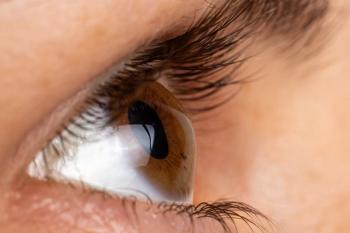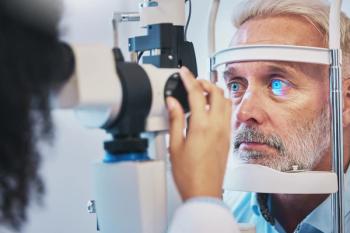
NHSC Loan Repayment Program
At this time, the NHSC Loan Repayment Program is open only to licensed primary-care medical, dental, and mental and behavorial health providers. Optometrists are excluded. That’s right. Excluded.
By Ernie Bowling, OD, FAAO
Most sources conclude the average medical student graduates with over $150,000 in educational debt.1 Unfortunately, that staggering number also holds true for optometry students. The average debt for members of the 2010 graduating class of the Southern College of Optometry was $121,852.2 An overwhelming amount, to be sure.
To help medical students deal with their debt, the National Health Service Corps offers scholarship and loan repayment programs in return for the doctor agreeing to practice in health-provider shortage areas. At this time, the NHSC Loan Repayment Program is open only to licensed primary-care medical, dental, and mental and behavorial health providers. Optometrists are excluded. That’s right. Excluded.
Optometrists have been recognized as health providers by the US Government (i.e., Medicare) since 1987.3 That we have been overlooked as a profession shows the short-sightedness (no pun intended) of the HPSC program. There are many areas in our country where Americans’ eye care needs are not being met, and their ocular health is just as important as is their physical, mental, and dental health. Allowing optometric participation in the NHSC loan repayment program would serve as incentive to attract interested optometrists to these underserved areas.
There is a movement underway to gain optometric participation in the NHSC loan-repayment program. The specifics can be found in
References
1. Based on data collected by AAMC, AMA and GL internal student database obtained by the student doctor network. Available at
2. Hayes J, Anderson KK. Don't sweat your debt. Optometric Management, 11/10/2010.
3. American Optometric Association. History of Optometry. Available at:
Newsletter
Want more insights like this? Subscribe to Optometry Times and get clinical pearls and practice tips delivered straight to your inbox.













































